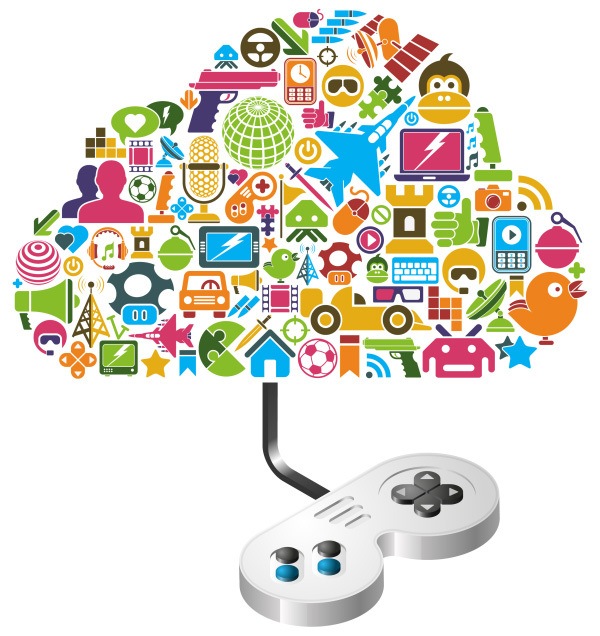5 Tips To Better Design Gamified Courses
Most corporate organizations that use digital learning to train their employees know that the era of slide-show-type eLearning is over. Modern individuals live in the information age where they’re constantly bombarded with information from all sides, which has made them susceptible to filtering out any information that doesn’t hold their attention for more than a minute. This reduced attention span of modern individuals means that digital learning designers and developers, in corporate organizations, not only need to create digital learning that helps learners/employees learn and develop skills and knowledge but also use strategies in digital learning which keep learners engaged, motivated and entertained throughout the duration of the module or course.
Gamification or game-based learning is one of the most popular, as well as, the most effective ways to engage, motivate, and entertain learners while also helping them learn skills and apply them in a virtual environment. Games have always been a great way to help individuals learn, but were used for entertainment purposes for the most part. Game elements used in gamification and game-based learning target the intrinsic motivations of individual learners such as winning, competing and being rewarded, which is why they are so effective in ensuring that the information being provided is absorbed and retained. However, creating gamified learning isn’t a walk-in-the-park, especially if you haven’t created game-based learning before, or don’t have any gaming design experts in your team. This article is an attempt to help you find a starting point to create game-based or gamified learning, with 5 tips that you might find useful. Have a look.
1. Focus On An Impressive Start
As mentioned before, you need to capture the learner’s attention right from the start. Storytelling is a great way to hold the attention of individuals, so you could start off your game with a cut-scene (animation or video) that tells learners why the character in the game is doing what they’re doing. Once the cut-scene ends, you could fade in, directly to a first-person or third-person view of the character, or begin with a start screen with options such as play, sound on or off, settings, etc.
2. Base The Game On Adult Learning Principles
Don’t forget that you’re designing game-based learning and not a game. While entertainment and engagement are important parts of this exercise, the main focus should be on learning. Use game-elements in such a way that they always adhere to adult learning principles. Let the players/learners explore the game environment, give them choices to make and decisions to take, give them goals to fulfill, and provide them with relevant and practical knowledge within the game.
3. Use Game-Elements To Motivate
Game elements such as badges, achievements, collectibles for their character or avatar as well as leaderboards, all motivate learners to play the game more, and for longer periods of time. Make sure to use them in your game, and to also reward the top-rankers on the leaderboard with a tangible prize, every month or so, for added motivation.
4. Add In The Element Of Risk
According to behavioural psychologists, humans like taking risks. In fact, they enjoy it so much that it motivates them, and can even be addictive to them. Thus, you can use the element of risk in your game, by providing players with high-stakes scenarios and/or questions, where they stand to win big or lose it all (points, badges, collectibles or rewards) based on their gameplay or a simple choice.
5. Ensure That The Game Is Challenging
Humans enjoy challenges and wish to be respected. Both of these statements are adult learning principles. By making your game easy to finish, you take away the element of challenge, while insulting the player’s intelligence at the same time. While you shouldn’t create the hardest game in the world, ensure that the whole gamified course—or game— frequently has levels, questions, scenarios, and activities that take players more than a few tries and some thorough thought to clear.
If you’re going to do something, do it well. Well-designed games or gamified courses are much more likely to actually engage and entertain learners than courses where game-elements have been jammed in without any planning, design or thought, just for the sake of gamification. We hope these tips help you create effective game-based learning.










